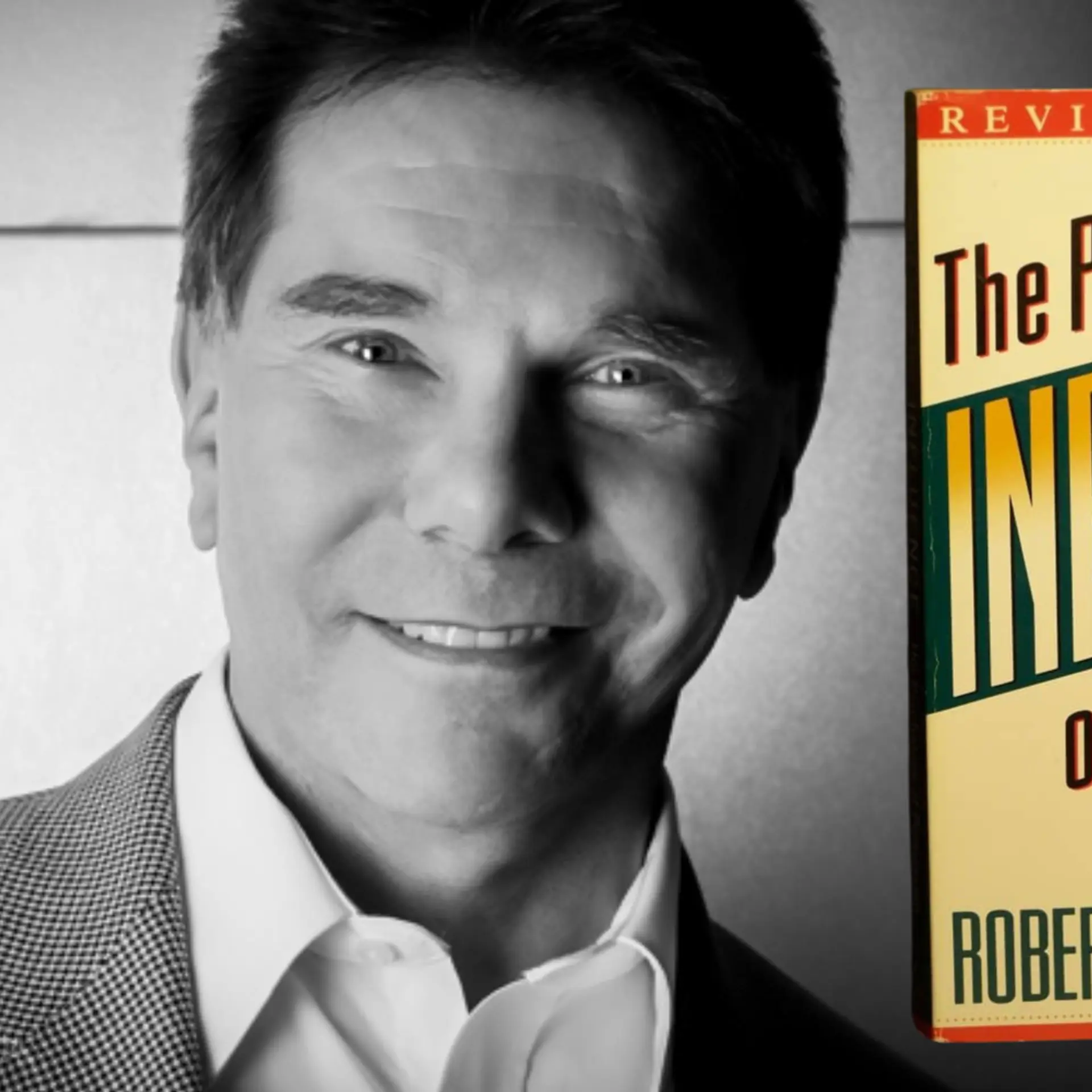Industree talks - Are dying handicraft arts worth saving?
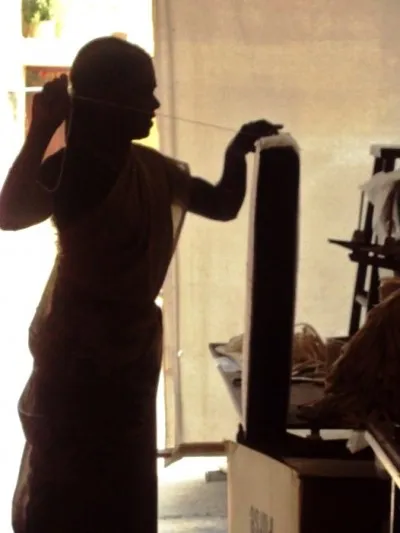
“My interest in social enterprise grew after having been married to Neelam Chhiber,” says Jacob Mathew, the CEO of Industree Crafts Foundation. In 1994, Chhiber, with Gita Ram and Poonam Bir Kasturi, set up Industree Crafts to sell contemporary handicraft products. Chhiber and Kasturi developed Industree Crafts into a brand that works with the unorganised sector of artisans and their families. It soon branched into two entities: Mother Earth (2009), a brand nearly every Bangalorean is familiar with, and the Industry Crafts Foundation, a non-profit arm of the organisation set up in 2000.
Industree Foundation works with farmers, artisans, weavers and craftspersons to help them evolve into enterprise owners. Both Industry Crafts Foundation and the private entity Industree Crafts Pvt Ltd work in a symbiotic relationship.
“The biggest thing you need is patience,” says Mathew. Patience to understand the historical workings of India’s age old handicrafts industry and the consequences of being labelled unorganised. During, and after, the 14th century, South India had a rich trading culture with West Asia. Remnants of ancient maritime transactions between India and West Asia are evident today in the genetic markers of the coastal populations. Even earlier than the 14th century, intellectual interaction between Arab and Persian philosophers with Indian culture monumentally influenced the shaping of the Islamic Golden Age. Quite literally, India was an indomitable influencer in the global arena. By the 1700s, 22.6 per cent of of the world’s income share (GDP) belonged to India. In 1952, that number spiralled down to 3.8 per cent. India’s eddy into economic pauperism coincided with the East India Company rule. Mathew says, “These manufactured goods were made by hand before the industrial revolution. A question you need to ask is: if you’re supplying 22.6 per cent of the world’s GDP, wouldn’t we have been organised?”
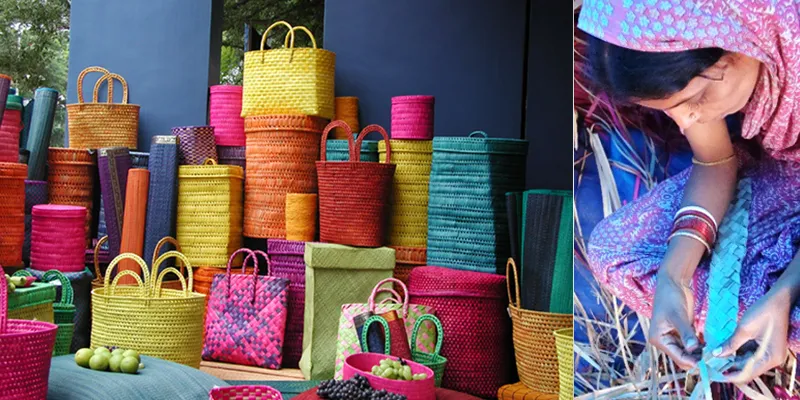
“This,” he continues, “naturally required certain level of organisation in terms of shipping and logistics without the technological resources we have now. I would question the idea that this sector has been unorganised. If you look at what happened during the British Occupation, a lot of organised production was destroyed by them.” As an example of the destructive force of the British Crown, Jacob mentions th Indigo revolts of 1895. Indigo planters, supported by the Crown, coerced poor farmers into abandoning crop farming for flagitious deals created to fulfil Europe’s demand for blue dye, from which farmers didn’t profit.
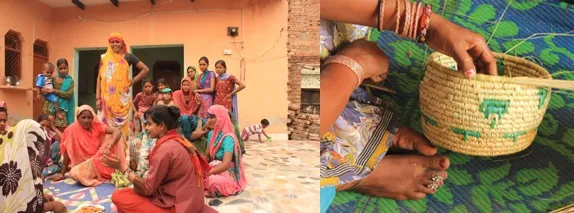
“What has survived is what was being practised from home,” continues Jacob. It’s no wonder that most handloom weavers Industree works with were first found working from home. “Today,” he says, “there’s a resistance when we talk about bringing handlooms into organised clusters.” The reason lies in the economics of being a handicrafts worker. With a thoroughly decimated industry, the security of working individually is more, at least, from the perspective of the worker. “Most of the weavers are male, but the people who do the dying, trimming of yarn, etc are all women. More than half the work is done by women, and that work isn’t remunerated.”
Mathew says, “How do you assess the value of goods produced if the value produced cannot support the labour of the people involved, where a part of the labour is done for free? If you organised the industry, then everyone involved, like the wife of the weaver, needs to be paid. This makes the cost of the goods up, but that can only really happen if the perceived value of the produce goes up. It’s a chicken and egg problem.”
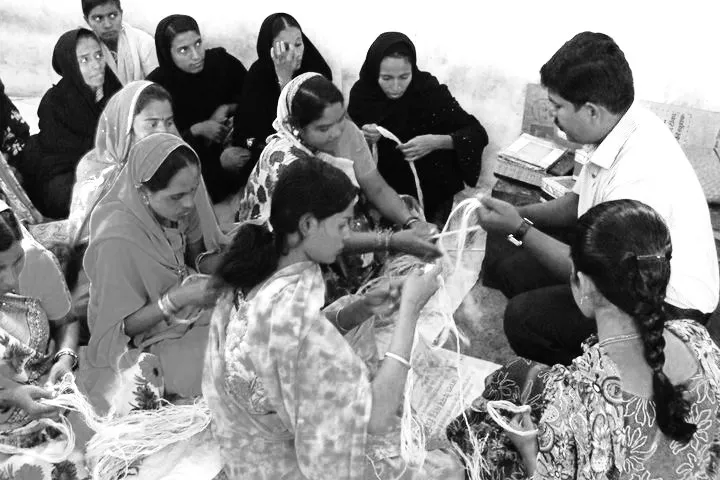
The pertinent question here, Mathew feels, is who really stands to gain from this set up? And that is where the controversial question of ‘middle men’ comes up. In an age where the Internet provides for a direct relationship between creators and consumers, middle men are now seen as 21st century’s bogeymen. However, Mathew says, “Middle men are required. Let’s just clear that. The question really is : how many middle men and how much should they add to the system?” Mathew’s insistence on understanding the ‘middle man problem’ with more nuance is because many middlemen are also financiers and others facilitators. “The moment they provide money, they have a fair amount of control.” For instance, some of Mathew’s students worked on a project to study salt pan farmers (agarias) in the Little of Rann of Kutch. “We buy salt for maybe Rs 10 for a kilo. In the Little Rann of Kutch, there are harvesters who produce salt for Rs 70 per tonne. These are people who work in pretty harsh conditions, and the temperatures hit 50 when production is at its peak.” Essentially, the financier enabled lowering the cost of salt by financing fuel, food and water for harvesting. “There is a sheer gap in what you and I are paying for it, and what these harvesters are getting.” Reducing middlemen also means creating a source of money for poor workers. At the same time, middlemen could also be players in the supply-chain demand. “He’s someone who aggregates produce and connects workers to markets. It’s the mechanics of middlemen that need to be reviewed. If you look at it, many social enterprises are nothing but middlemen.”
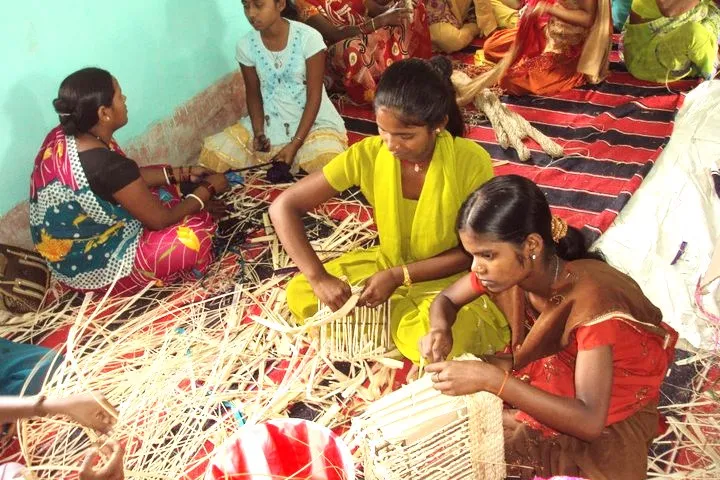
Mathew feels the biggest problem of working within a social enterprise is dealing with what is popularly known as the ‘wicked problem.’ It’s essentially the inability to recognise a solution for a problem for various factors: the scale of the problem, the interconnectedness of that problem with other problems or the inability to fully chart out the problem itself. “Very often, a lot of people get into social enterprise like hammers looking for nails. The technology is slick, maybe business model they’ve conceptualised is great – then they go around looking for places to apply it – where it ‘fits.”
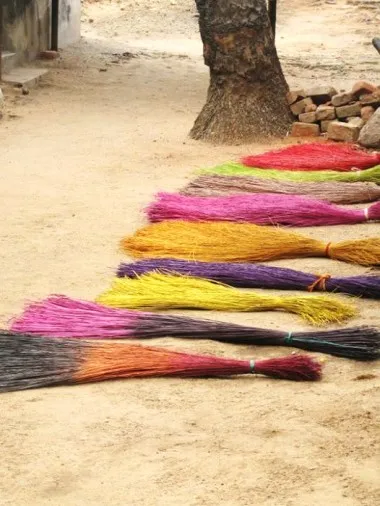
However, according to Mathew the hardest problem is to understand the artisans and craftspersons you’re trying to help. Ambedkar had once opined that the Indian village was a pool of ignorance trapped in its own localism and poverty – that the romantic ideal of the green village where men and women live a life close to nature was an urban imagination only the privileged can afford to cook up in their minds. It’s with this ideal that many enterprises ‘solve’ India’s handicrafts problem – by engineering solutions for people we’ve decided should be artisans.
“We think all the crafts are going to die. We should create markets for these people so they can continue doing it. But once you bring in a human dimension to the enterprise, it needs to become about fulfilling people’s aspirations.” And sometimes that aspiration is at odds with what an enterprise owner may want. Only a few months ago, Mathew met a Meenakari craftsman. His aspiration? “Why should I earn Rs 2,000? Why can’t I earn Rs 10,000?” It’s at this point, perhaps, an enterprise might want to ask itself: Is a dying art worth saving at the price of a small community’s personal aspirations?






